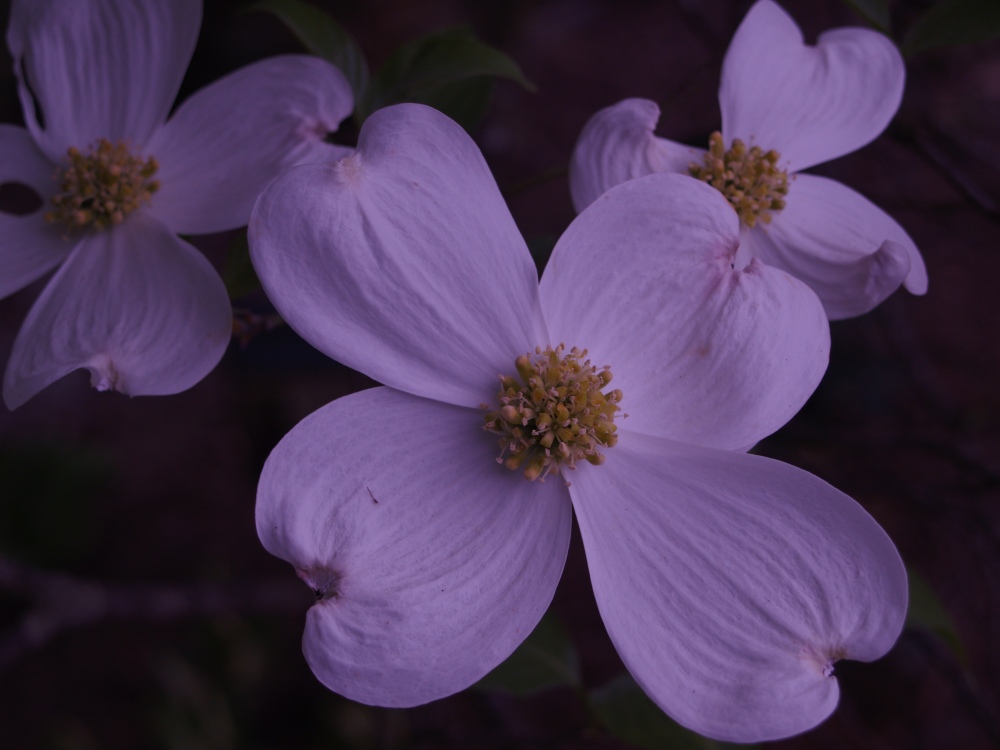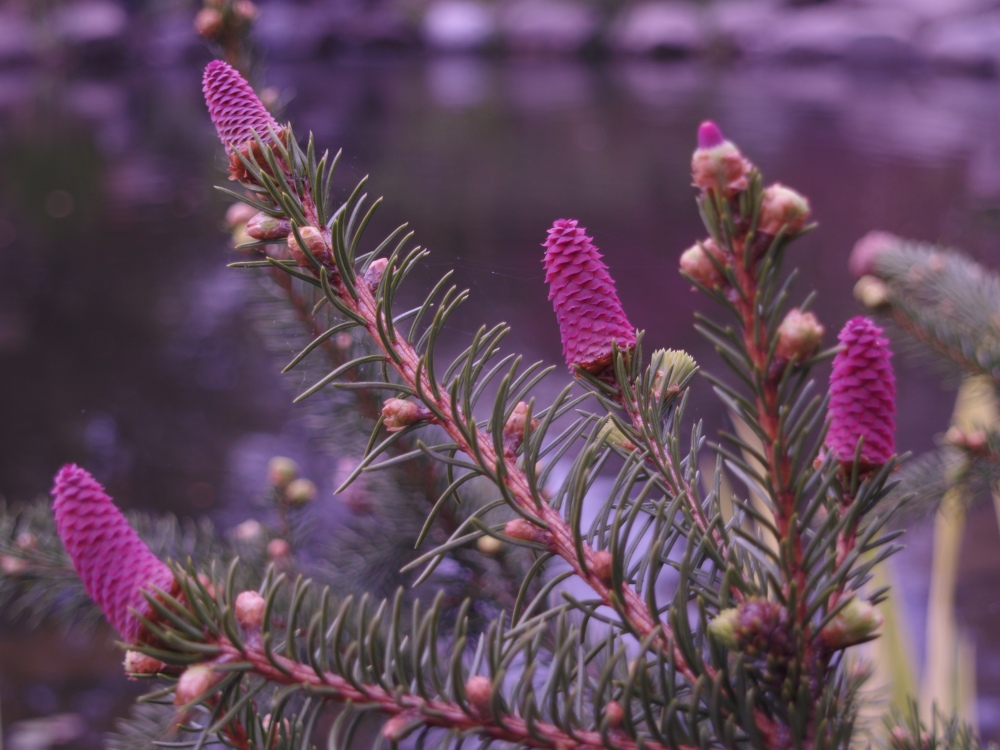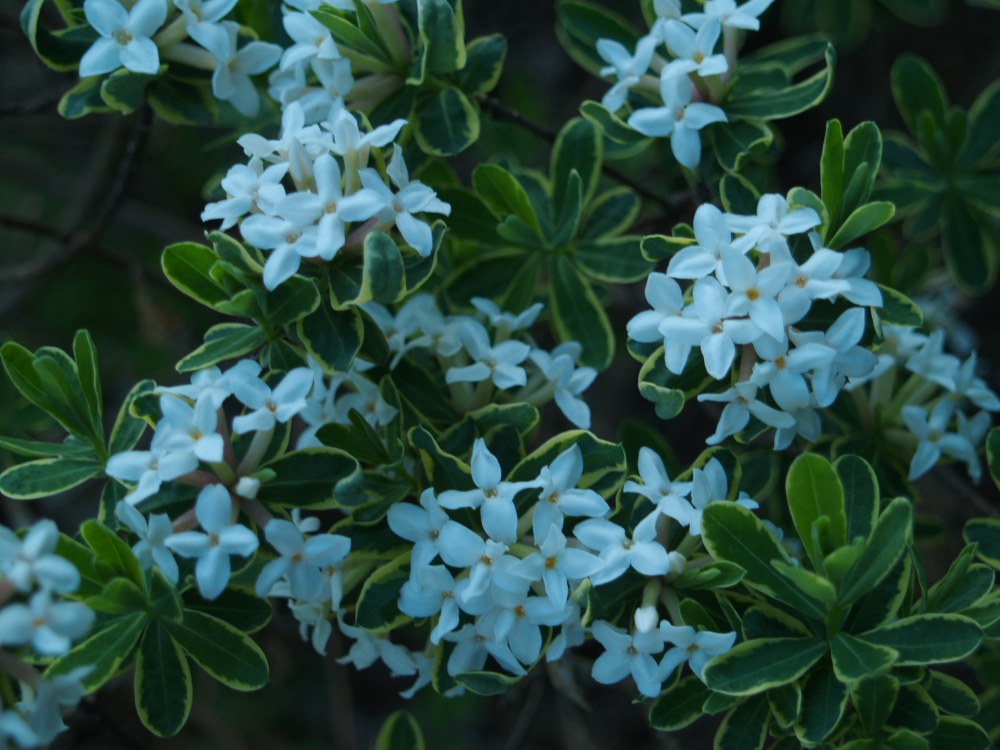I’ve planted to fill the garden with blooms throughout the year, and with recent mild winters there has been something flowering every day for the past two years. Still, skillful planning would be required not to have a garden full of blooms in the spring months (and what would be the point). Again, there are many more flowers than I can include in my weekly updates. So, here are photos from the past week, and probably a few from the week before that I must pass along before they have faded in the garden.
First, this has been a magnificent month for both redbuds and dogwoods. Redbuds (Cercis canadensis) began to flower a week into April, and I was afraid the blooms would be short lived since this coincided with ninety degree temperatures. But, the warm weather moved on and the past three weeks have been cool, so the redbuds have only recently faded. The hot days pushed the dogwoods (Cornus florida) into flower a few days after the redbuds, nearly the average time for their blooms in my garden.
In previous updates I mentioned that the showy white flowers of the dogwood are not, in fact flowers, but bracts. In the photo (above) the yellow flowers are evident at the center of the large white bracts. This is only of minor interest, and certainly it should never be mentioned except as a trivial aside when someone is technically incorrect in stating that their dogwood is flowering when it is only the bracts. I make no distinction, and consider the bracts to be part of the flowering body, so the dogwoods have been flowering since the second week of April. Usually, they have faded by the start of May, but not this year.
Once the true flowers open the bees visit to sample the nectar, and the pollination rewards us with bunches of red berries in autumn. The fruiting body of spruce is the cone, and ‘Acrocona’ spruce (Picea abies ‘Acrocona’, above) has the interesting habit of forming its cones at its branch tips. In late April and early May the cones are soft and pink, then they harden and turn to brown trough the summer as the seed matures.
It would be foolish to say that the cones are as ornamental as any flower, since there are few cones and many flowers, but the sprawling ‘Acrocona’ spruce is as beautiful as any of the garden’s evergreens for several weeks. Eventually, ‘Acrocona’ will form a mound taller than ten feet, and probably a bit wider, but in six or seven years it has barely reached knee high.
Weeks ago I featured the splendid variegated Winter daphne (Daphne odora ‘Aureo-marginata’), and commented on the lacking of my sense of smell. Most often the fragrance of the spring blooming ‘Carol Mackie’ daphne (Daphne burkwoodi ‘Carol Mackie’, above) is more obvious to me, but with cool temperatures (or something, I can’t explain) the scent has barely been noticeable this spring. In any case, the flowers are delightful, and even when it is past bloom the variegated foliage is splendid. ‘Carol Mackie’ flowers more heavily and the foliage is superior to the winter daphnes, but that is only reason to grow both so that the garden has highly fragrant blooms for parts of February, March, April, and May.
Jack in the Pulpit (Arisaema triphyllum, above) is flowering in the garden. The green and white flowers of this native woodland perennial are not showy, but I eagerly awaited its arrival earlier in the month. Ones I’ve planted in the past did not survive soil that was too damp, but now several plants seem to have established nicely in soil that is only slightly damp.
